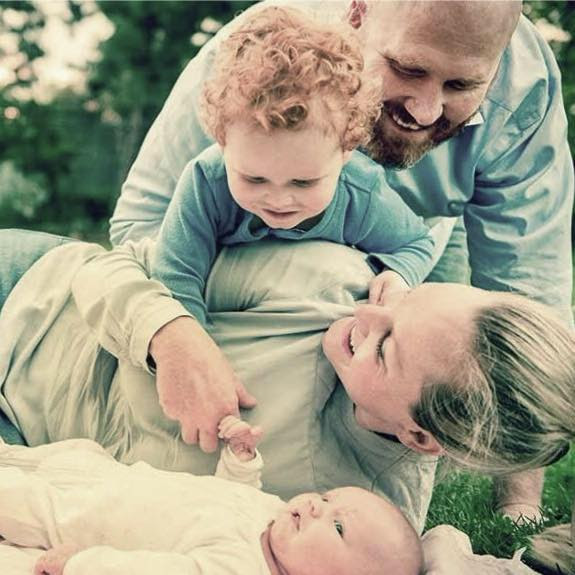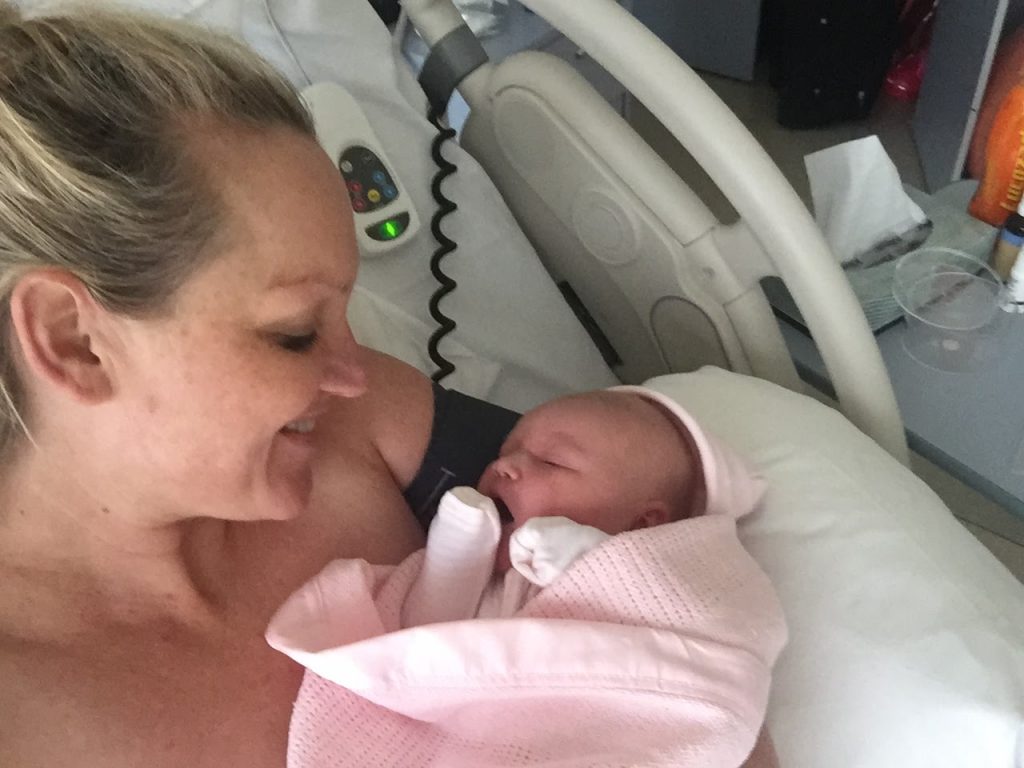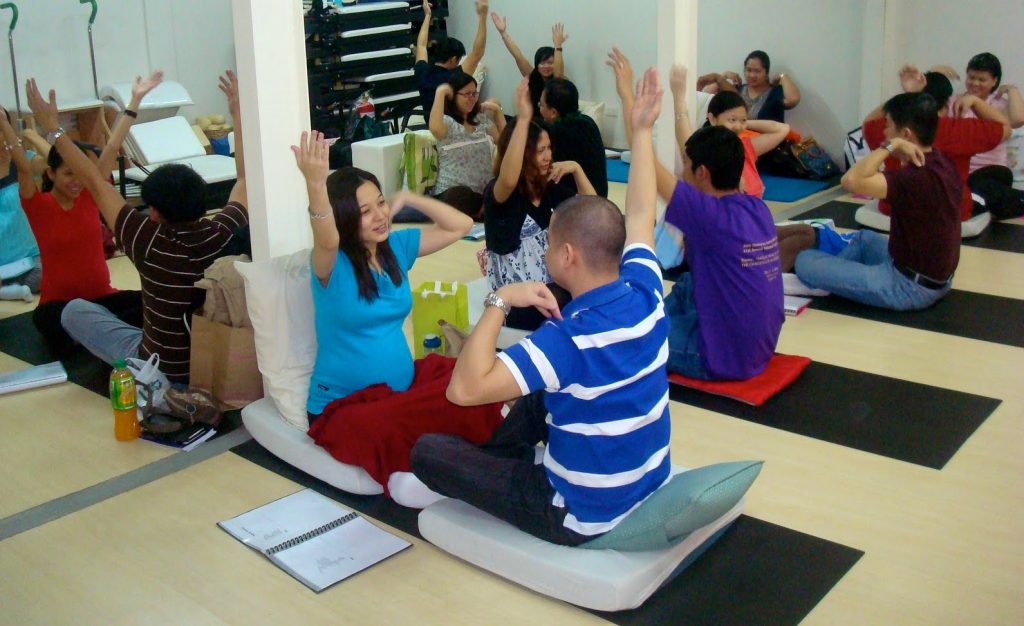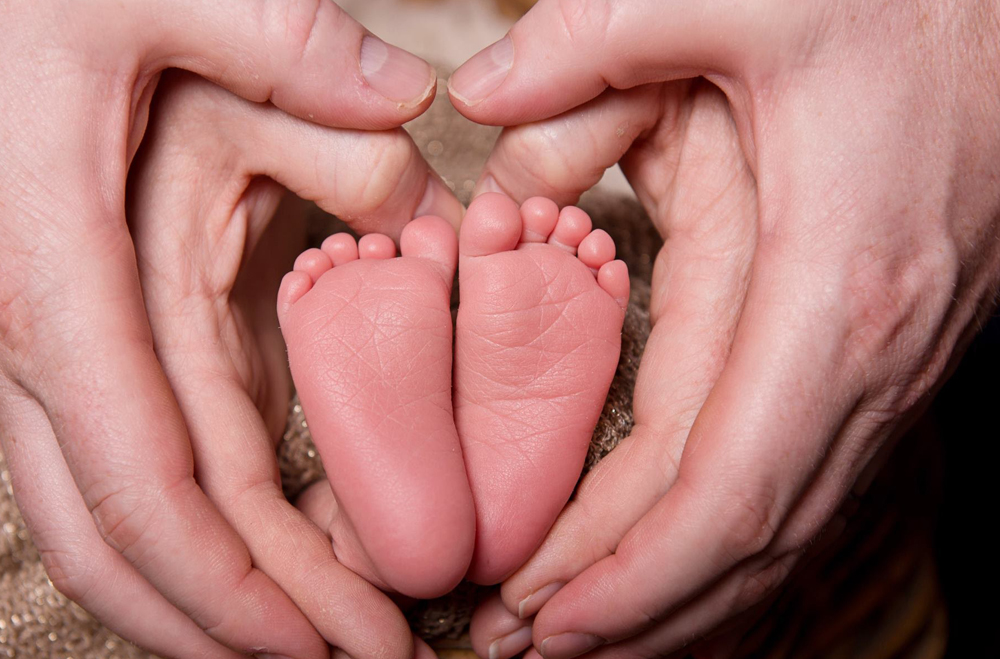I was ecstatic when I found out I was pregnant. But the thought of the pain petrified me. I knew I wanted to be in control of my body as much as possible in labour and a natural unmedicated birth would help me achieve that. In Australia, where natural births are on the rise, it was pretty easy. I was lucky that my very hip-and-happening obstetrician introduced me to Calmbirth at my first antenatal visit and booked me into a private maternity hospital that supported natural births.
Am I choosing the right birthing method?
Natural births are non-invasive, have little potential for harm or side effects for mum and baby, and mean a quicker recovery time, as pregnancy and labour take a huge toll on the body. A natural birth can mean different things to different people but it involves a vaginal delivery.
Calmbirthing taught my husband and I that in the absence of fear and tension, severe pain could be lessened and even eliminated through deep-breathing techniques and self-hypnosis. These techniques transformed my thinking and helped me understand where my fear stemmed from and how to overcome it developing natural birthing instincts. When the body is deeply relaxed, the birthing muscles can work more harmoniously to birth your baby. Calmbirth also taught my husband and I how to distinguish between hard work and pain during labour because each type requires different breathing techniques and focus.

Facing the fear of pain and childbirth
I won’t lie. Labour hurts. A lot. But I was determined to hop-skip-and jump out of the birthing suite and high-five every nurse on the ward. And I did just that. Through the practice of Calmbirth hypnosis techniques and daily affirmations, I felt calm, prepared and confident that my mind and body knew what to do and how to respond in each of the stages of labour.
My first contractions started early in the morning with both my little jellybeans. My very first contraction was mild but enough to wake me up. I felt very peaceful yet excited about meeting our baby. Several hours into my first labour the intensity and pain of my contractions really kicked in… it took my breath away. Nothing can quite prepare you for the experience. But Calmbirthing did a great job. I rocked forwards and backwards on my fitness ball, breathing and releasing my muscles through each contraction. My husband knew what to do and say to keep me focused and that was incredibly reassuring. He chanted my favourite affirmation over and over in my ear… “Our baby is coming to meet us, calmly and perfectly.” This was incredibly powerful for me as my subconscious mind and the months of training took over and I surrendered to the experience.
After labouring for six hours with my son, I hit a wall. A big one. I lost control. Adrenalin kicked in and I temporarily lost my confidence. Fear is a powerful emotion and produces the chemical adrenalin. Adrenalin shuts down the feel-good hormone oxytocin, which causes tension in the body, and results in more pain and fear. My contractions were strong, more intense and closer together when I started the marathon of my life. I was in the transition window – the last stage of labour before pushing – and it’s tough, demanding and exhausting. I lost focus. I cried. I yelled for pain relief.
Against my midwife’s advice, she gave me a shot of the widely used labour pain-relief drug, pethidine, to dampen my strong contractions. Hubby gave me a gentle nudge to refocus and start breathing again as I waited for some relief. My son was born two hours later. He was perfect.

I was in labour for half the time with my second baby who came fast. I woke at 3.30am with mild contractions. I was totally relaxed and at peace as I instinctively knew what to expect and how my body would react. I laboured for three hours when I started to transition and hit another wall just as I did with my son. My self-belief jumped ship. I was tired. I shouted for pethidine. My trusty midwife and husband tried hard to convince me to push through as my baby was on her way. In hindsight, I didn’t need the pethidine as my baby was born an hour later. I felt a little groggy but it didn’t hinder the beautiful experience. That’s the great thing about the Calmbirthing method. You can’t predict what may happen, but you can prepare yourself to remain calm and in control when faced with any challenge as you know what to expect and why your mind and body respond the way they do.

Knowledge is power
The best nugget of advice is to prepare and study like you’re about to sit the biggest exam of your life. Find a great doctor and hospital that’ll support the type of birth you want and build a fearless support base. Learn hypnosis, breathing and relaxation techniques to train yourself to reach your happy state and conquer each contraction. Understand what to look out for and how to recognise the different stages of labour. And trust in your ability to birth your baby – a woman’s body is an engineering masterpiece and knows exactly what to do. And take comfort in knowing that if things don’t go to plan, you have an arsenal of tools to get you through the most incredible experience of your life.



